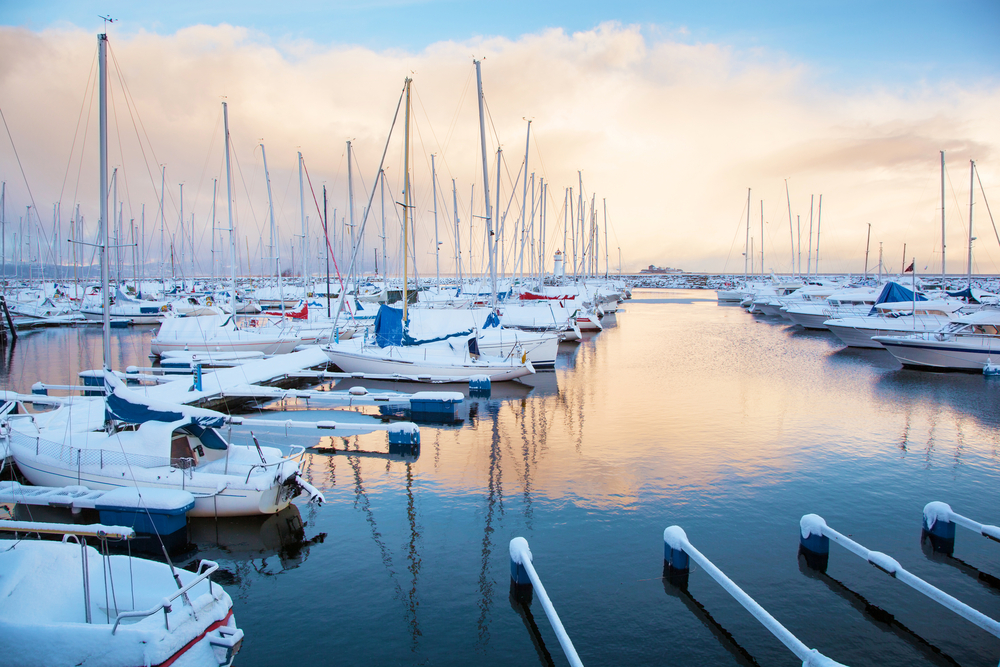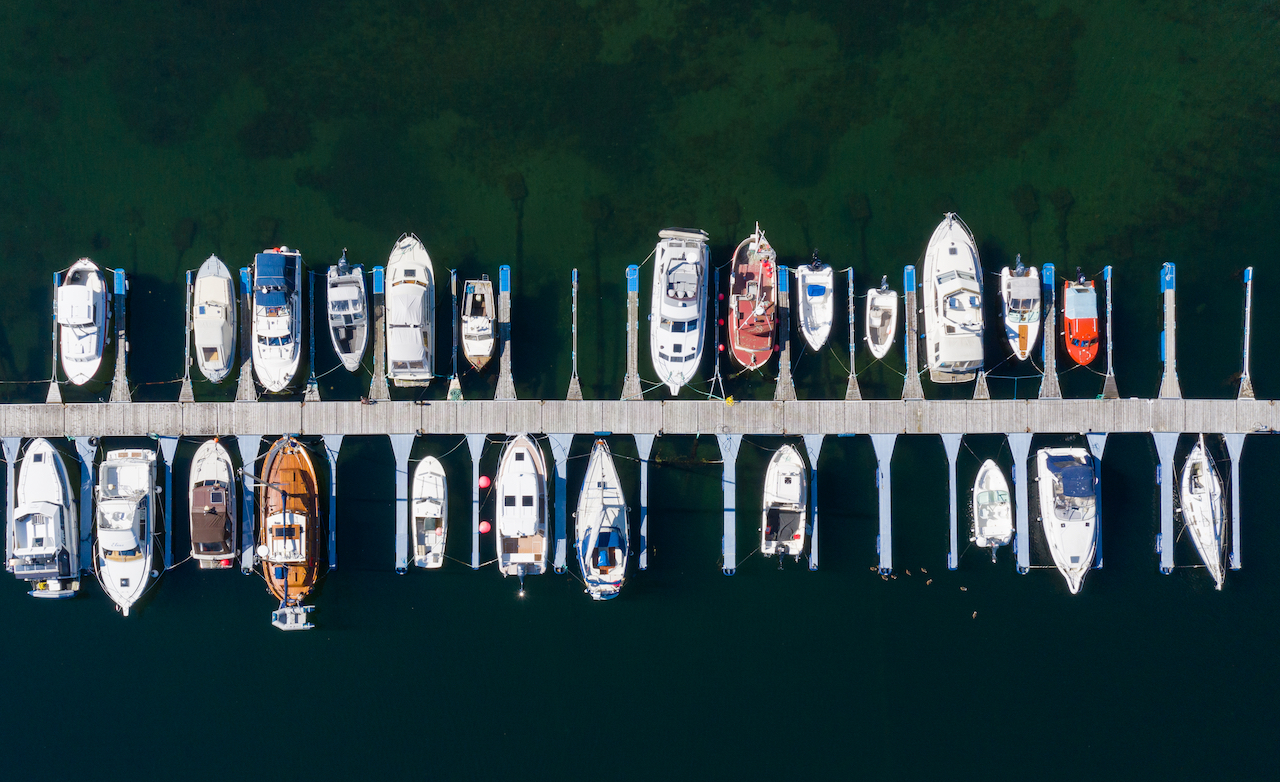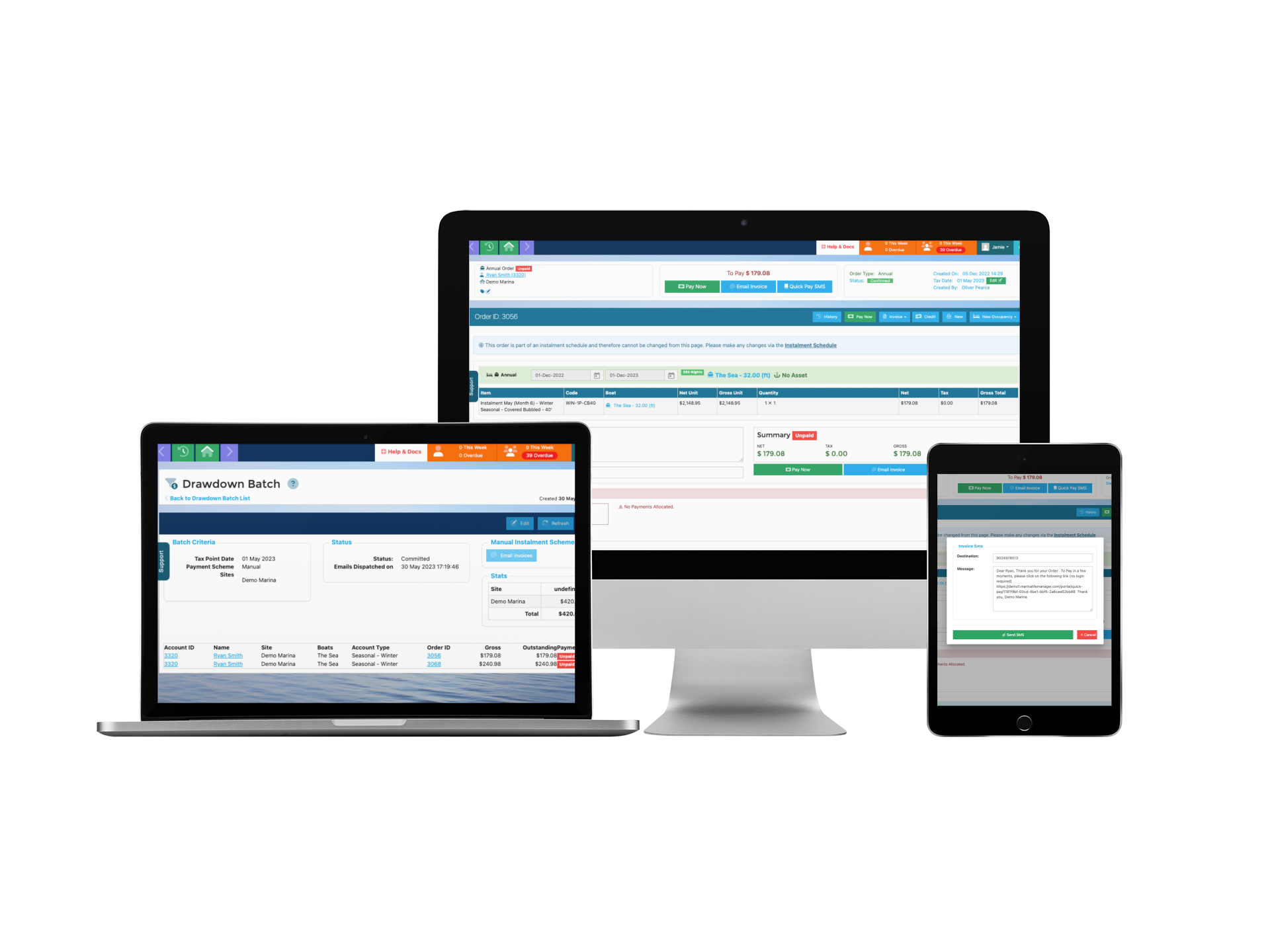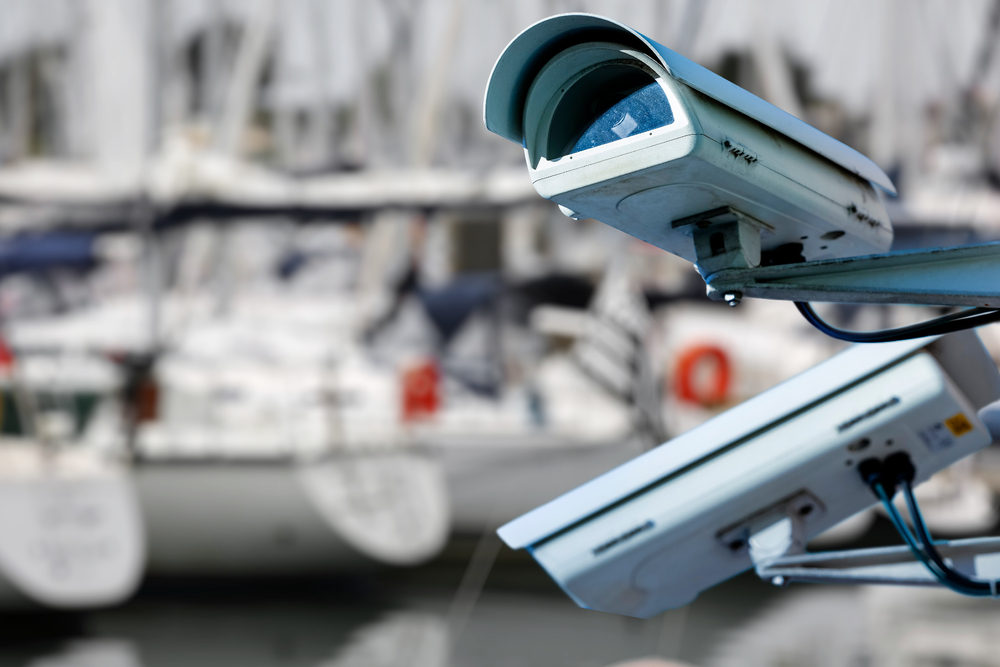
As the leaves start to change color and the air grows colder, marina owners and managers should start preparing for the winter season. Winterizing marina facilities is a crucial process to ensure that your investments are protected from the harsh elements of winter. Whether you’re a seasoned marina manager or a new owner looking to safeguard your property, here are essential tips and best practices to help you navigate the winterization process successfully.
Why Winterize your Marina?
Before diving into the details of winterization, it helps to understand why it’s necessary. Winter poses unique challenges and risks for marina facilities, including:
- Freezing Temperatures: Sub-zero temperatures can cause water inside (and arguably outside, too) plumbing and other systems to freeze, potentially leading to costly damage.
- Moisture Damage: Moisture can infiltrate and damage various components of your marina, including electrical systems, docks, and more.
- Icing and Snow Load: Accumulation of ice and snow can lead to structural damage to marina facilities, such as roofs, docks and piers.
- Corrosion: The combination of moisture and saltwater can accelerate corrosion, causing long-term harm to metal parts.
Now that you understand the importance of winterization, let’s explore practical tips and best practices.
Marina Winterization Tips
- Remove Seasonal Equipment: Take out any seasonal equipment, such as boat lifts and dock boxes, to prevent damage. Store these items in a secure location.
- Inspect Docking Hardware: Thoroughly inspect all dock cleats, pilings, and hardware for damage or wear. Repair or replace any compromised components.
- De-Icing Systems: Install or maintain de-icing systems to prevent ice accumulation around docks and pilings. This helps avoid structural damage caused by ice expansion.
- Electrical Systems: Ensure all electrical connections and outlets are in good condition. Turn off and secure power sources to minimize electrical risks.
- Security Measures: Implement security measures to protect against vandalism and theft during the offseason. Consider installing security cameras or hiring security personnel if needed.
Additional Tips for Marina Owners
- Proper Documentation: Keep detailed records of all winterization procedures and maintenance activities. This documentation can be invaluable for future reference and insurance claims.
- Insurance Review: Review your marina insurance policies to ensure you have adequate coverage for the winter season.
- Communication: Stay in touch with your marina staff to share information and updates on winterization efforts.
By following these marina-specific winterization tips and best practices, you can protect your marina facilities from the harsh winter conditions. Proper winterization not only safeguards your investments but also ensures a smooth transition into the boating season when spring arrives. Remember, winterizing is a proactive approach to preserving the longevity and functionality of your marina, making it an essential part of responsible marina ownership and management.







